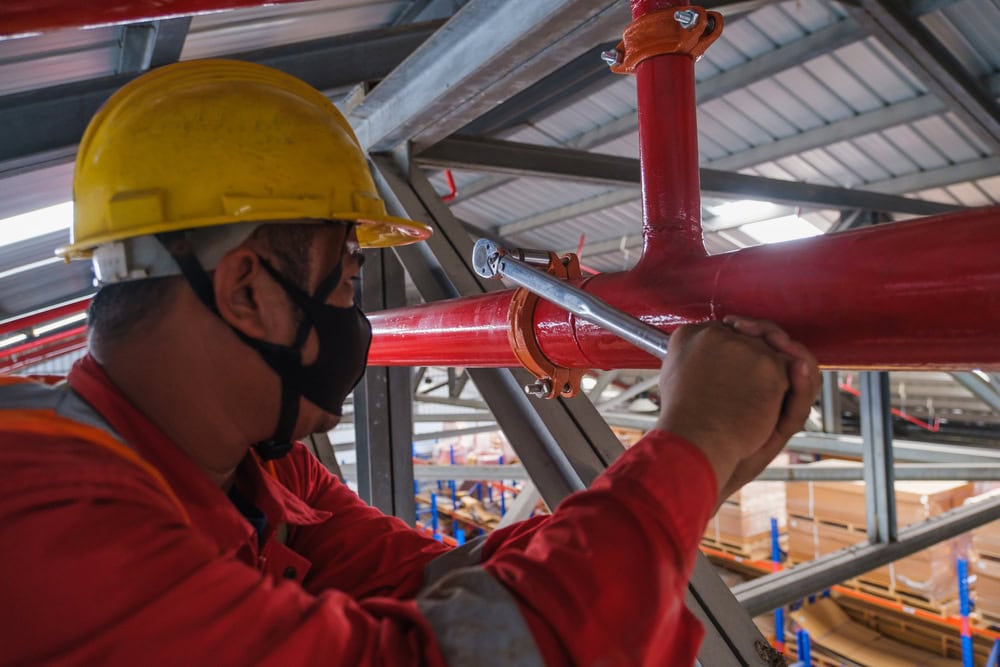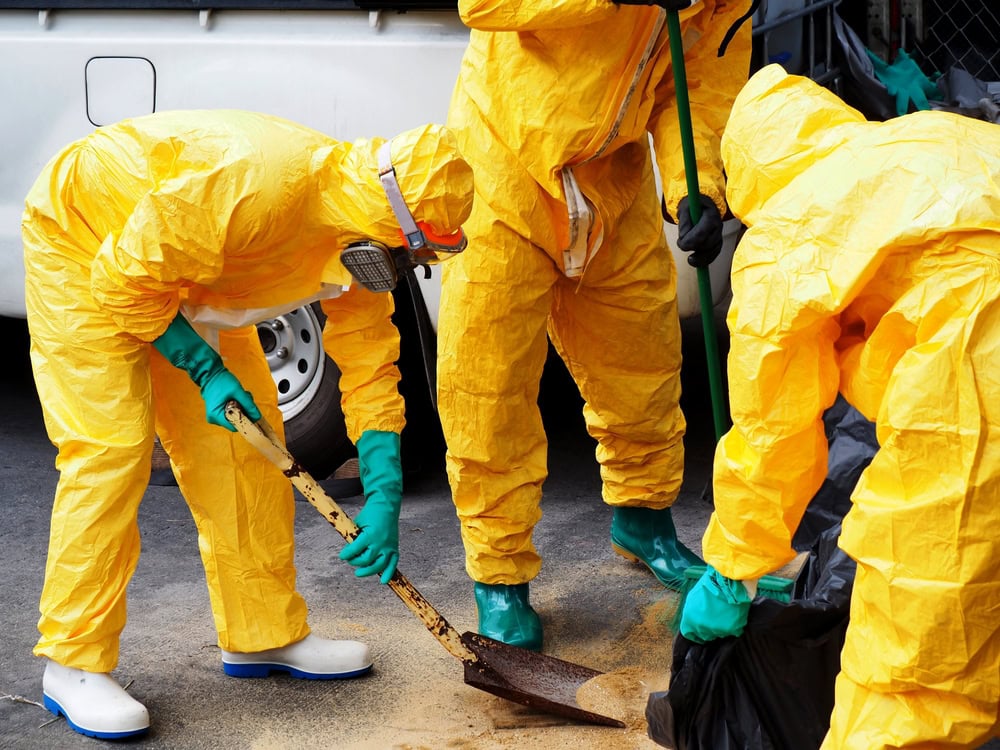Wildfire-Resistant Construction: New Standards Guide 2025
Let’s talk about how California is stepping up its game to protect homes from wildfires in 2025. With more than 2 million California homes sitting in high-risk fire zones, these changes couldn’t come at a better time. Whether you’re building a new home or renovating an existing one, these guidelines will help keep your property … Read more










